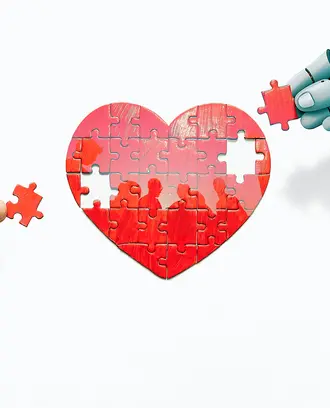Health Care
How an analytics-based predictive model can improve kidney transplant survival rates
Nearly 100,000 Americans are on the waiting list for a kidney donation. Doctors usually have little time to decide whether to accept or reject a kidney from a recently deceased donor for a patient on the transplant waiting list — and those decisions are often based on experience and intuition, not scientific data. As a result, they are subject to inaccuracy.
An upcoming paper (abstract) co-authored by two MIT Sloan professors shows how the use of an analytics-based decision support application can help surgeons and patients alike decide whether to accept a donor kidney from a deceased donor or wait for a higher-quality organ to become available.
“It’s a question you have to address in a limited amount of time,” said Nikos Trichakis, an assistant professor of operations management at MIT Sloan, who contributed to the paper. He previously focused on the topic of kidney transplantation in his doctoral thesis.
“Some patients are very sick, and if they reject an organ, they might get even sicker. But if they accept a low-quality organ, that has implications for their health as well.”
A fast, intuitive decision
In a typical scenario, a surgeon receives a phone call in the middle of the night and finds out that a kidney from a registered organ donor who recently died is being offered to her patient. The surgeon must make a decision whether to accept or decline the offer in as little as an hour, noted the paper's co-author Dimitris Bertsimas, a professor of operations research at MIT Sloan.
“A surgeon may ask some questions — ‘Where is the kidney? How far away is it?’ — and learn some aspects of the kidney’s quality, then make an intuitive decision,” said Bertsimas. “There’s no way to know if a better one is coming along.”
The key question is how soon an organ with a higher kidney donor profile index (KDPI) rating might become available to that particular patient. Knowing that would let both the surgeon and the patient make an educated decision about whether to accept or decline the existing offer of a lower-quality kidney. (In the KDPI index, a lower number represents higher quality; 0.5 is better than 0.8.)
This is difficult to predict, Trichakis said, since it depends on the behavior of the patients on the waitlist. Take the patient in position No. 51, for example. If the 50 patients above him are waiting for a KDPI of 0.2, then a deceased donor kidney with a KDPI of 0.4 is likely to “trickle down” the list, he said. But if those 50 patients are more willing to accept a lower-quality kidney, then patient No. 51 will have to wait longer.
“It’s impossible for surgeons to know these things, so how do you predict? How do you model human behavior?” Trichakis asked.
Predictions from historical data
Using a random forest sampling methodology, Bertsimas and Trichakis developed an application that applies a machine learning model to historical data about all kidney transplants that took place over the last 10 years.
The model considers 14 independent factors — ranging from a patient’s blood type to his sensitivity to antibodies to his time on the waitlist so far — to determine the probability of obtaining a higher-quality kidney in the next three, six, or 12 months for a patient’s specific geographic area. If the current organ being offered has a KDPI of 0.4, the app will determine the odds of a 0.3, 0.2, or 0.1 kidney becoming available.
When Bertsimas and Trichakis ran a number of scenarios through the application, predictive models it produced closely matched the observed probability of any given situation from the historical data set. And the predictive modeling will only improve as the data set grows, the authors say.
These results show that the model provides physicians with “hard evidence” of what to expect if they decline a deceased-donor kidney, Bertsimas said. “Down the road, this could be part of an app.”
Decision support tool
Improving the success rate of kidney transplants is no small matter. Depending on where they live, those on the transplant waiting list could wait more than five years to receive a new kidney — and the longer they have to wait, the lower the odds of successful recovery.
At the same time, additional research shows that the discard rate for kidneys from deceased donors has risen steadily over the last three decades. Nearly 20 percent of kidneys recovered for transplant are eventually discarded (more than 3,000 in 2015 alone), and the rate is closer to 50 percent for low-quality kidneys (with a high KDPI).
To reduce the kidney discard rate, Bertsimas and Trichakis are working with a team of surgeons at Massachusetts General Hospital to create a support tool that will help them decide whether to accept the current offer of a deceased-donor kidney or wait for another offer.
“We need a systematic and algorithmic way to look at millions of past decisions to try to elicit patterns,” Trichakis said. “Instead of making assumptions [about if a better kidney will become available], we want to be able to look at past decisions and let the data tell you.”



